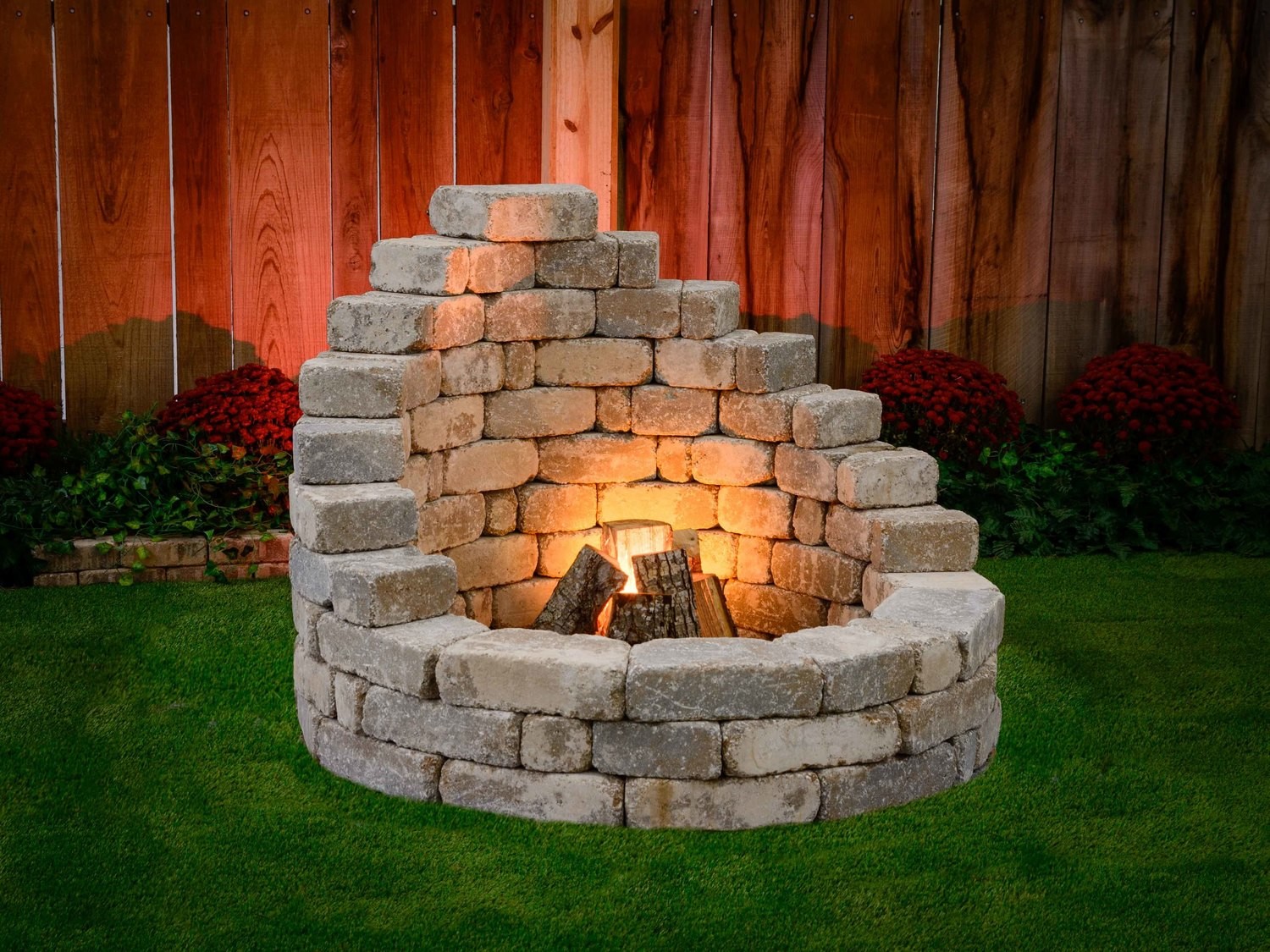And above all, how could you ensure your new toasty outside fireplace is preserved and used properly? A fireplace hole is nearly a fireplace and not exactly a campfire: it’s a totally different animal. That’s why we’ve included important recommendations on differentiating between forms, styles, features, and costs, as well as including essential security tips for your fire pit.
Before you also begin researching outside fireplace pits, you must first check always the town or region ordinance to ensure they let fireplace sets, what sort of wine barrel propane fire pit, and what the security variables are. After this is completed, your first faltering step is choosing whether you might most take advantage of a portable fireplace gap or one that is permanent. Lightweight fireplace sets are usually fashioned out of lightweight material (Mexican chimneas are made of clay or cast-iron) and have a circular design. These have wheels for easy on-the-go activity in addition to terrace or garden use.
With this particular flexibility, you are able to transfer your best outdoor gas fire pit tables to the deck, deck, various aspects of the yard, or the storage with ease. Another priceless benefit, is that you don’t have to keep the toasty heat at home. Bunch it to the truck or suv for the annual camping trip or bring it on the road to a tailgating party. Because portables are made of light resources and require no-installation for use, they are probably the most cost-effective, no-hassle method to struggle the post-summer chill: equally on your way and in your backyard.
The lasting fireplace pit (or specifically-engineered lawn or terrace fire pit), usually called a custom-built or stationary fireplace gap system, is made from stone, stone, stone, or concrete; and to the majority of, will be the more aesthetically-pleasing addition to a patio or backyard. Custom-built fire leaves must increase 1-2 feet off the floor and have a middle-of-the-road size of approximately 36 inches for ample use and safety.
Like portables, you are able to choose from wood or gas to heat the desired region, but most products are energy-specific, so make sure you double-check before buying. All in all, custom-built fire sets are significantly more costly, because of qualified installment, the eye to style, and the heavy-duty long-lasting resources needed; but can last you lifetimes (with appropriate and typical maintenance), and undoubtedly provide an equity increase in your home’s value.
The design and shape of one’s outside fire gap an average of depends on whether you choose for lightweight or stationary outside fire pits. More often than maybe not, the portables will be manufactured from material or copper, have a big circular dish style, and remain in a metal stand. Wood will undoubtedly be placed in that bowl-or if you’re choosing a gas hook-up, porcelain logs or fake-burning coals-and the removable defensive monitor positioned on top. As mentioned before, portables are more purpose than design, so their options are significantly limited.
Chimneas also drop under the group of portables, boasting the old-fashioned wood-burning oven search, but as they are smaller and let way less heat to radiate out, are less practical. Custom-built or lasting fireplace sets, on one other hand, come in a number of patterns and styles, as a result of truth that you are having the machine professionally-installed. Usually, you’ll find these units in circular, square, or square options incumbent upon your material of choice (brick, rock, timber, or concrete), and they come designed with an integral steel screen exterior and material housing doors for enhanced security when maybe not in use.
Equally portable and lasting fireplace pits will need possibly wood, fuel, or both. If the fire gap you have your vision on prefers wood exclusively, it is most significant to learn what type of wood. Some fire sets may burn normal lumber records entirely (aged wood is obviously your best option as opposed to new or natural wood), and so you’ll only get exactly the same type of wires you would for a fireplace. In order to avoid protection hazards and basic preservation of your fire gap, you need to never attempt to burn a forced wood or fireplace log (paper-enclosed quick-light). The reason being; that since firelogs are produced from sawdust materials, they’ll burn off hotter when compared to a fire pit crafted for wire wood may handle.
